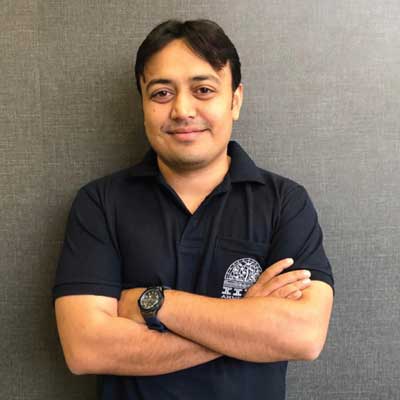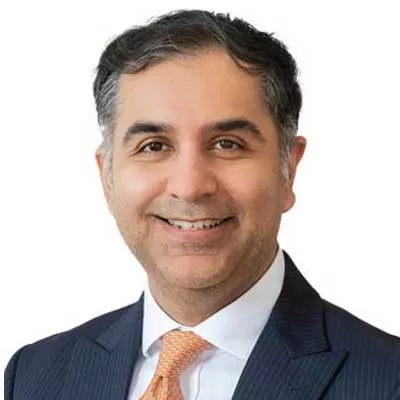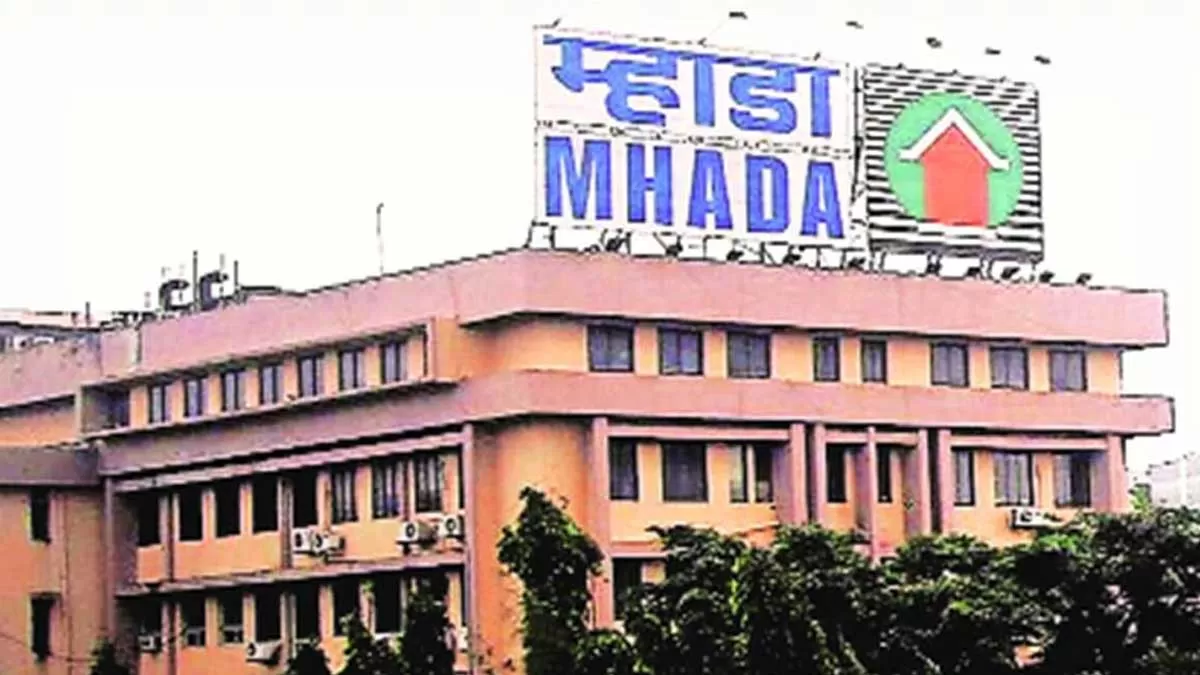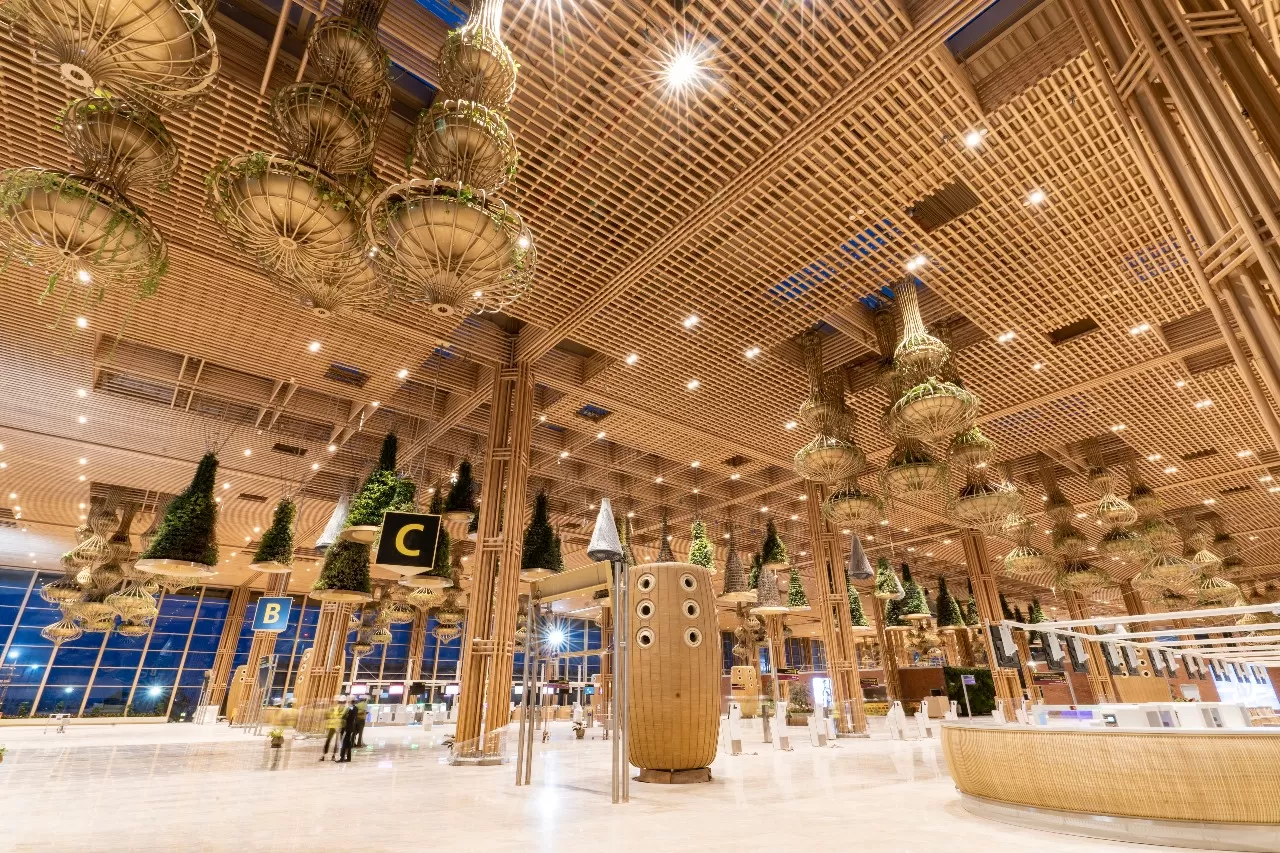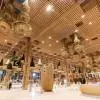Construction companies traditionally invest less than 1 per cent of revenue in new technologies – lower than every other major industry. And so, the last several decades have seen construction productivity stagnating while costs continue to escalate. But now, the multi-billion-dollar Indian construction industry is indeed ready for a change. Bringing fresh minds and tools to the world of infrastructure and construction, Infra.market is applying technological leverage to bridge the deficiencies among the stakeholders especially during procurement. Led by a team that combines expertise from the technology, design, manufacturing and construction companies, Infra.market is transforming how construction demand can be aggregated for better order fulfilment. Its valuation of $2.5 billion has given it scale. Claiming to be a one-stop source for every category of construction materials, Aaditya Sharda, Founder, Infra.market, shares his journey and his strategies to building Infra.Market into a one-stop-shop, in conversation with PRATAP PADODE.
How did you hit upon on the need for this kind of an enterprise?
The entire industry is pretty much distorted in terms of supply chain, branding, and there are a lot of players available in the ecosystem. While you have big players, a lot of small regional players dominate the market share. The branding is missing at the Tier-B level. There are product categories such as aggregate and concrete, which are dominated by a single regional player. So the idea was to create a single brand, a multiple products company across all regions. Initially, when we were piloting ideas, it was for the Mumbai market, and as we got funds we started scaling the idea for the other regions as well.
What was your business traction at that time you got the first fund raise?
When we where bootstrapped, the first year 2016, we were at Rs 120 million revenue. The second year, March 2017, revenue was at Rs 125 million; March 2018 – Rs 285 million; March 2019 – Rs 600 million. These three years we were completely bootstrapped, yet profitable. March 2020 revenue was at Rs 3.5 billion; March 2021 crossed Rs 11 billion – so despite COVID, our revenue grew four times.
Which verticals have been the main drivers contributing to this growth?
We have a well diversified portfolio. There has been a healthy contribution from the chemicals, concrete, cement and steel section. No single portfolio contributes to more than 15-20 per cent. We are also well diversified in terms of regions. The jump in the revenue is not because of any single product category, but due to the diversified product categories and diversified regions.
Isn’t Mumbai still the 50 per cent contributor to your sales? And why would that be?
Not Mumbai, but Maharashtra in particular, will be over 50 per cent in contribution. The real execution is more hybrid in nature – it is a mix of online and offline. The ecosystem is still not ready or that adaptive. We are still pushing tech adoption of the online part through the ecosystem. Our dealers, distributers, channel partners, vendors and clients are still adapting to it. In the real-time, we are more of a hybrid model. As a company, we are dominant in Maharashtra. We have around six years of presence in Maharashtra, where the supply chain is quite sorted. We are well known on the B2B track and even on the retail front. From Maharashtra it is easier to increase the market share.
Cement and steel together might be contributing to more than 50 per cent of your sales?
It would be around 30-35 per cent. If it is cementitious, then yes it is 50 per cent. Cementitious is a big product line.
The company’s margin has shot up to over 7 per cent. Is it because of your diversification or moving from Tier-1 to Tier-2 cities?
Typically, to establish a product, we need a six quarter cycle. It is the same way for the supply chain. When we start a new region over a period of four to five quarters, the margins start coming in by default. As the demand starts increasing from the vendor’s side, we start getting a lot of diversity with time. Improvisation of margins is anyways a function of time. The difference between the margins in the South and margins in the West is huge. The credit cycle improves and the vendor management also improves. We have consciously started going towards retail. From a B2B company, it has been a year that we have diversified into retail, where typically the margins are better. That has also helped in the increase in EBITDA.
Your sales have grown maximum during COVID times. What is the collaboration between the manufacturers and you in terms of dealing with the logistic challenges? Do you take up the entire supply chain on your own or how do you do this?
As a strategy, we have always built our own logistics. Lots of our products are commodities. And if you are selling commodity, you have to focus on fulfillment and service, in which warehousing and logistics becomes an important part. Many a times, we have been able to give better services than a top branded player would and that is why we have won big clients. During the nation lockdown, there was no business. But as the market opened there was a splurge in demand, and as we were better sorted on the supply chain we could completely cash it out. That is one reason why there was a massive increase. Another reason is the retail presence, which helped us on the supply chain. Exports are another reason why our sales had grown.
You maintained a zero inventory kind of policy. Given the situations, your logistics had to be extremely well timed in terms of pick and delivery…
We have a refined process to understand and map our demand. So a lot of inventories also sit on our contract manufacturers head. While as a company we want to sit on a miniscule inventory, a lot of the inventory is managed actively on the vendors’ and clients’ side. So the end-consumer does not feel the heat of the fulfillment, because if not me, then my channel or ecosystem is fulfilling it.
Why retail stores? Aren’t you competing with your dealers then? How is that fulfilling your objectives?
When I say retail stores, these are franchise-owned retail stores. It is not owned by us. These are dealer owned, dealer operated stores, where we have done a tie up. The unique thing about the Inframarket store is that we offer dealers a variety of products unlike one certain product line which they used to sell earlier. We saw so many dealers agreeing to this proposition, as for years they did not get offered a diverse product line, which enables them to increase their market share. The Inframarket retail stores are branded Inframarket stores, but they are dealer owned and dealer operated, where we are just enabling them on the supply chain.
How does your working capital cycle work now?
We are maintaining a net working capital cycle of 58 days. This is much like industry standards.
How are exports done? How has the experience been with exports?
We do a lot of flooring, granite and chemicals products on exports. In the supply chain, there is a mine owner, then there is a factory that is into processing, cutting and polishing, then there is a layer of sellers or the middlemen, then there is an import house, and at last, there is the consumer. Essentially, what we do is an end-to-end tie up, starting from the mine to the consumer. So we would to everything – starting from the mines, quality checks, factory cuts, polishes to export it to the end consumer. We export to the markets of Dubai, Jordan and other places.
In the unbranded segment and weaker brands, when you are sourcing products from them, are you going to market them under the Inframarket brand?
We have already launched private label brands under Inframarket brand – tiles, bath fittings, plaster, wall putty, etc. Eventually, private label is what we want to go ahead with.
But each of these products have to stand the test of quality against their peers?
If you want to make a 10-billion-dollar company, aren’t you supposed to do so! We want to be the next biggest construction solutions company in India. We want to be a single brand multi product company. We have a fixed supply chain, quality, sourcing, branding, sales and collection. We see ourselves as an end-to-end company. Eventually, we aim to have an Inframarket brand because branding helps us get more customers. That is our overall four-year plan.
Your target for next year and when is the IPO coming?
For an IPO, we would want to wait for three to four years. For now, we have enough on our platter that we can do and then capitalise on them. We want to be a seven to eight products category company first. We have a lot to explore before we get into an IPO. Next year, March 2022, we are looking at a turnover of around Rs 50-60 billion, which is again a four times growth. We can see Rs 40 billion already but are still trying to make it better before March 2022.
